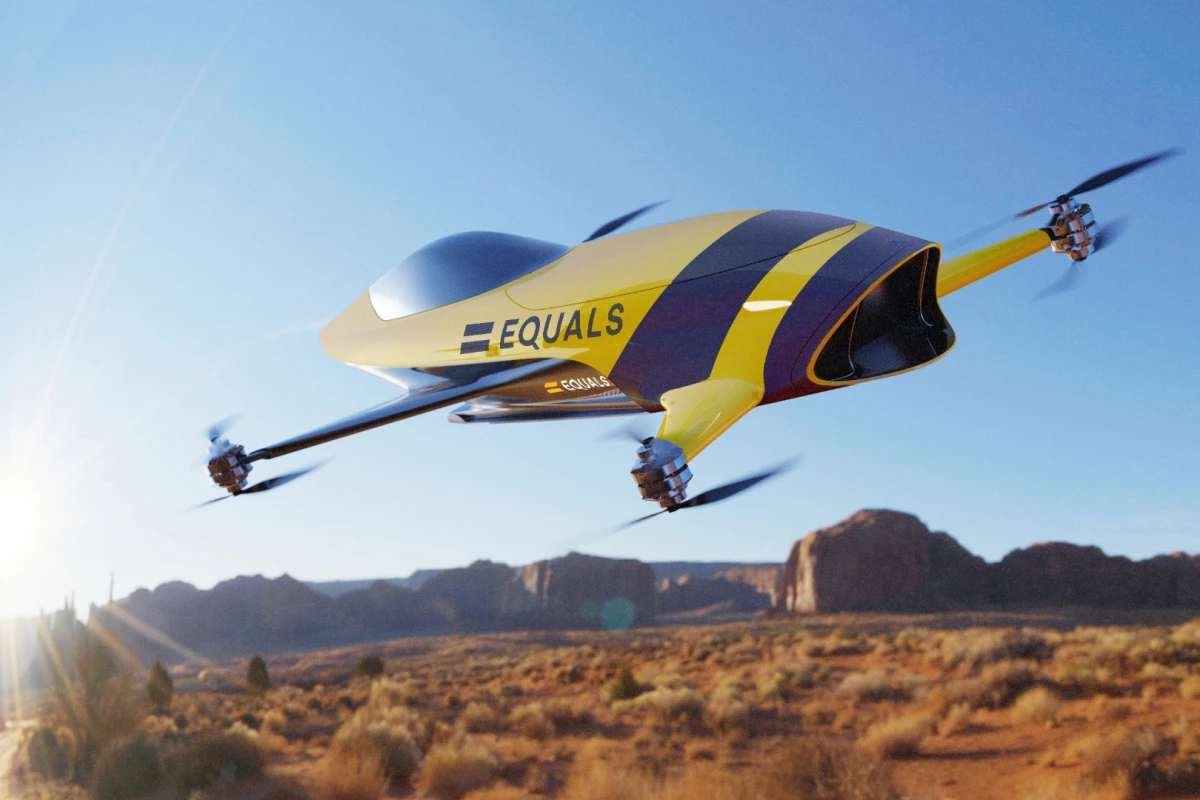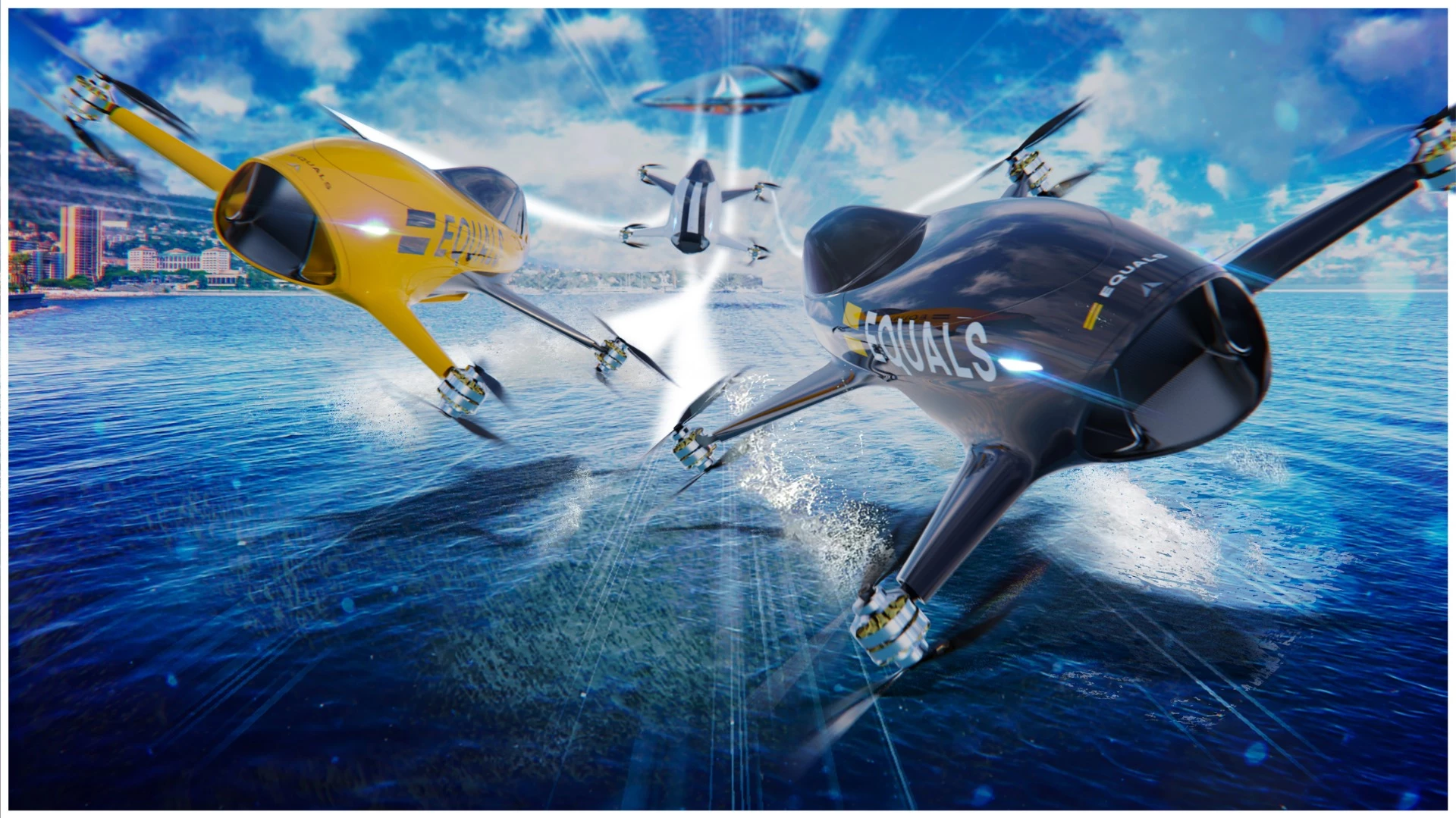A grid full of 10 giant coaxial octocopters, each with a pilot on board, racing each other head-to-head through the air at speeds up to 200 km/h (120 mph)? That's exactly what the Airspeeder racing series is set to introduce in 2020 with the aim of being a kind of Formula One for flying cars.
Alauda is a young Australian company with huge ambitions. Operating out of Sydney, the team has built a number of massive octacopter prototypes, and has been documenting the builds and flight testing in the heat of the Aussie outback over the last eight months or so in a series of extremely raw and very entertaining YouTube videos.
Having successfully flown prototypes under a range of different unmanned conditions, the team is making its international public debut with demonstration flights at the upcoming Goodwood Festival of Speed and the announcement that it's planning to start manned flights this year, and an honest-to-god race series in 2020.
The final race vehicles will be a touch over 4 m (13 ft) in length and nearly 3.5 m (11.5 ft) wide, and be covered in lightweight aerodynamic bodywork reminiscent of old-school F1 cars from the 50s and 60s. They will carry humungous LiPo batteries capable of 500-kilowatt power discharge rates, and weigh somewhere around 230 kg (~500 lb) without the pilot on board. Quadcopter and coaxial octocopter versions will be available.

The team says it'll begin "manned demonstrations" of the Mk IV Airspeeder in California's Mojave Desert this November. The Airspeeder race series, slated to kick off within 18 months, will feature individual time trials, as well as "heart-pounding white-knuckle head-to-head races 20 meters (65 ft) above ground." Alauda hopes the race series will fast-track development of consumer-grade manned multicopter technology, and lead to "a world-beating flying sports car for sale to the public."
Our first reaction is: awesome, bring it on! Our second reaction is: are these guys crazy? A number of manned multicopter projects around the world have already made their first wobbly flights, and while some have looked reasonably stable, none have remotely made us think "they should build 10 of those and race them head to head."
We've got a ton of questions around the race format, the final Airspeeder vehicles, where the team is planning to race, regulatory issues, and of course what's being done to ensure the pilots' safety in the event of catastrophic failure at twice freeway speed and an altitude roughly equivalent to the height of a seven-story building. We've reached out to speak to the team and hope to bring you more information soon.
In the meanwhile, here's the team's first promo video.
Source: Airspeeder






